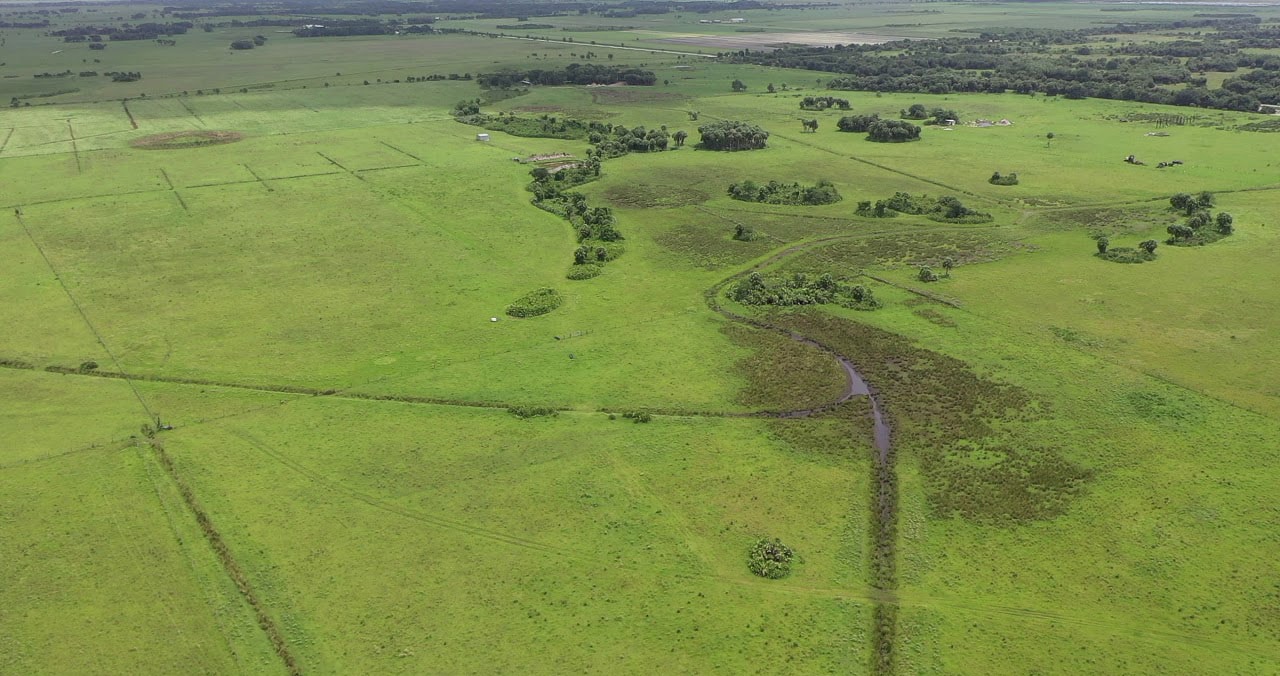
The Revenue Estimating Conference took up a variety of matters Wednesday, including issues related to Florida’s 29 “fiscally constrained” counties and property tax collections.
A sheet released in Wednesday’s meeting based figures on final tax roll information with slight changes included regarding exemptions.
$28.7 million will be needed to cover exemptions from the state, down roughly $200,000 from prior estimates.
Money is allocated to fiscally constrained counties to offset ad valorem amendments to the Constitution.
All of these counties will be eligible in this pool in 2020, as counties of rural development interest.
“These are the finals,” noted EDR Head Amy Baker.
Non-homestead assessments are down, and with less taxable impact, less money has to be appropriated.
The bulk of these counties are in North Florida, with a handful of counties in inland South Florida near Lake Okeechobee.
According to statute, “fiscally constrained counties” have been designated as “rural areas of opportunity” by the Governor.
The criteria is that one mill of property tax must not exceed $5 million in revenue.
Included in the category: Baker, Bradford, Calhoun, Columbia, DeSoto, Dixie, Franklin, Gadsden, Gilchrist, Glades, Gulf, Hamilton, Hardee, Hendry, Highlands, Holmes, Jackson, Jefferson, Lafayette, Levy, Liberty, Madison, Okeechobee, Putnam, Suwannee, Tay, or, Union, Wakulla, and Washington.
These counties have struggled even amid what has been an economic boom.



